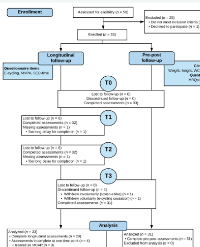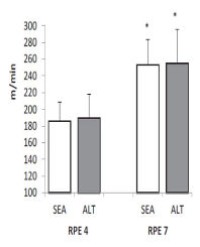
Longitudinal Link between E-Bike Commuting and Total Physical Activity Increase
Background : Active commuting is a practical way to increase Physical Activity (PA). E-cycling elicits Moderate-To-Vigorous Intensity PA (MVPA) with experimental health benefits. Less is known about real-life commuter e-cycling impact on changes in MVPA, total sedentary time (SED-time), fitness and perceived health.
Methods : 33 subjects (min-max: 27-70 years) imminently starting commuter e-cycling were monitored for 3 to 5 months. Declarative measurements in MVPA and SED-time were analyzed by multilevel modeling. Fitness (stress test and adiposity), SF12-v2 and EMAPS scores were pre-post compared.
Results : High and stable adherence to commuter e-cycling averaged 84% (95%CI, 75-91). Mean MVPA increased and plateaued after e-cycling onset, reaching 56.7 MET-h/week (95%CI 49.9-64.3) (+21 MET-h/week over baseline). Larger increases were associated with age and e-cycling volume. High SED-time persisted over time, averaging 8.6 hours/day (95%CI, 8.1-9.) though decreasing for older and initially most sedentary subjects. Cardiorespiratory fitness improved (+0.48 METs, p=0.001) as well as effort perception, heart-rate response, waist-to-height ratio and SF12-v2 Mental Score.
Conclusions : New commuter e-cyclists experience a major increase in MVPA and a persistent high sedentary behavior, associated with benefits in fitness, adiposity and perceived mental health. Results from this pilot study need to be confirmed in larger cohorts overtime.
Bruno Chabanas¹*, Thivel D²,³, and Duclos M¹,⁴

